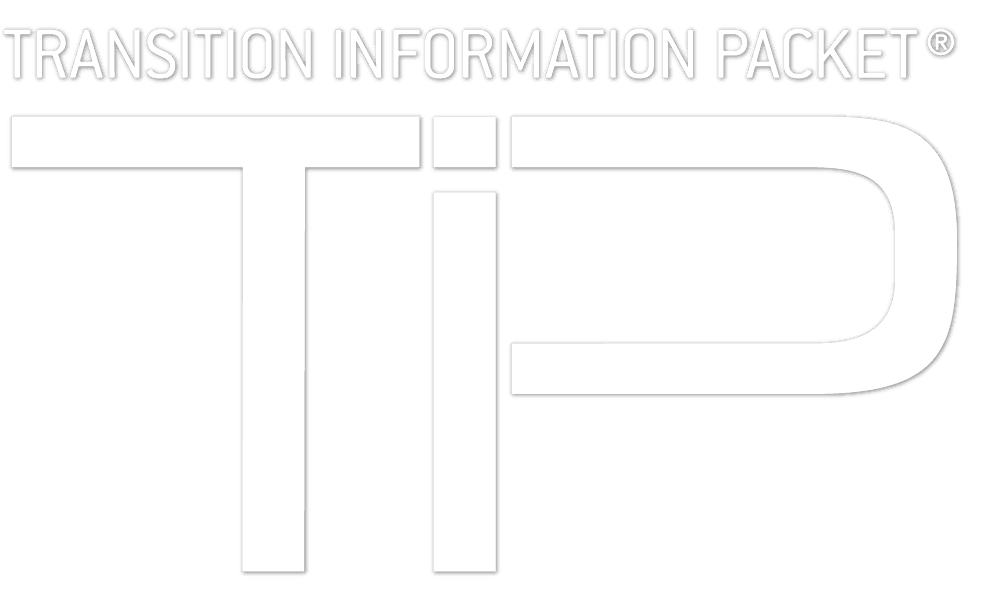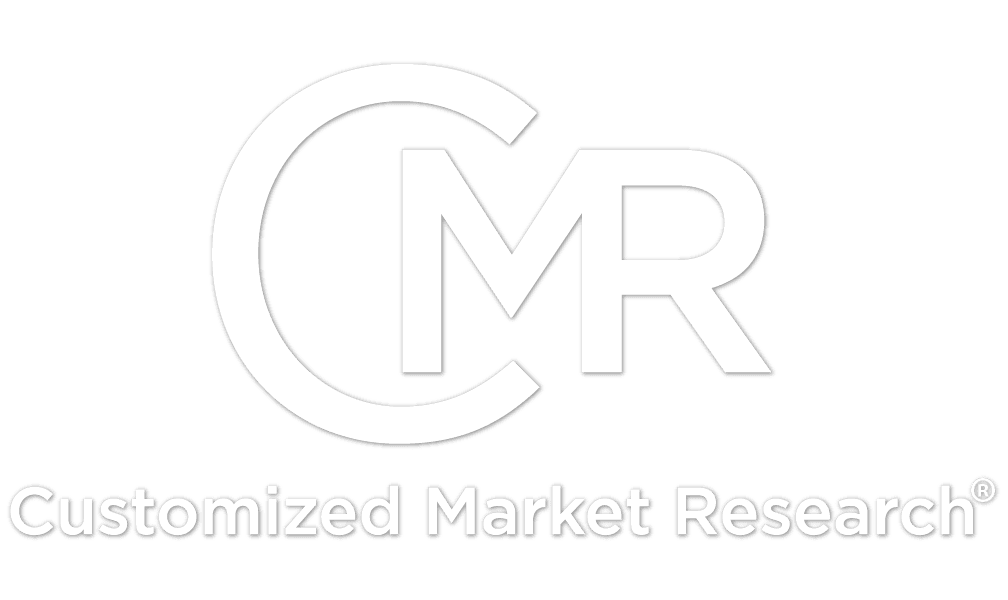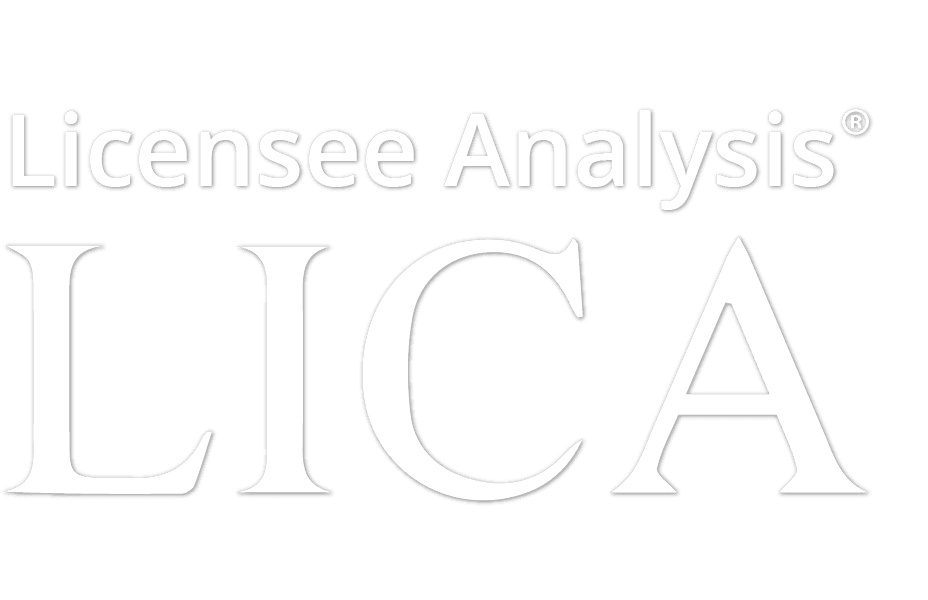The concepts of green building and building energy efficiency seem to be everywhere, but what do they really mean, and how do they impact both our lives and the economy? The Department of Energy’s Building Technologies Office’s (BTO’s) Multi-Year Program Plan (MYPP) for Fiscal Years 2016-2020 is a helpful resource to learn about energy use in the buildings sector, new opportunities for cost-effective energy savings, the barriers to their achievement, and BTO’s strategies and goals for achieving significant reductions in building energy use intensity. According to the BTO, “We spend more than $400 billion each year to power our homes and commercial buildings, consuming approximately 74% of all electricity used in the United States, about 40% of our nation’s total energy bill. And much of this energy and money is wasted—over 30% on average. If we cut the energy use of U.S. buildings by 20%, we could save approximately $80 billion annually on energy bills and help create jobs.”
Given these figures, what are the potential market opportunities for technical solutions in this space? BCC Research reports that the global market for renewable energy and energy-efficient technologies in building applications reached $294.0 billion in 2015 and reach $492.0 billion in 2021, increasing at a compound annual growth rate (CAGR) of 9.1% from 2016 to 2021. BCC Research also provides coverage on the commercial buildings segment for energy–efficient technologies, a market which should reach $60.2 billion in 2019, growing at a CAGR of 8% from 2014 to 2019. Energy Efficiency Technologies for commercial use include:
- Efficient heating and cooling Tankless water heaters
- Heat pump water heaters
- Commercial evaporative coolers
- Water source and ground source heat pumps
- Efficient lighting
- Light emitting diodes (LEDs)
- Weather barriers and efficient insulation
- Weather barriers
- Efficient insulation
- Advanced windows and window coverings
- Low emissivity windows
- Window films
- Window attachments
- Efficient roof coverings
- Elastomeric roof coverings
- Green roofs
- Cool roofs
- Efficient electric transformers
- Efficient transformers for commercial buildings
MarketsandMarkets reports that the global smart building market is projected to grow from an estimated $7.42 billion in 2017 to $31.74 billion by 2022, at a CAGR of 33.7% during the period 2017–2022. Some of the major solution and service vendors include the ABB Group (Switzerland), Siemens AG (Germany), Schneider Electric (France), Cisco Systems, Inc. (US), International Business Machines Corporation (US), Delta Controls (Canada), Johnson Controls (US), Honeywell International Inc. (US), United Technologies Corporation (US), Legrand (France), BuildingIQ (US), Echelon Corporation (US), Hitachi, Ltd. (Japan), and Panasonic Corporation (Japan), and others.
The US EPA provides information for both residential and commercial green building on its website and the US Green Building Council also provides extensive coverage on Leadership in Energy and Environmental Design (LEED), which is the most widely used green building rating system in the world – LEED v4 is the newest version of LEED. To learn more in person, try out some of these upcoming events or webinars.
Posted on April 4, 2018 by Eliza Gough



